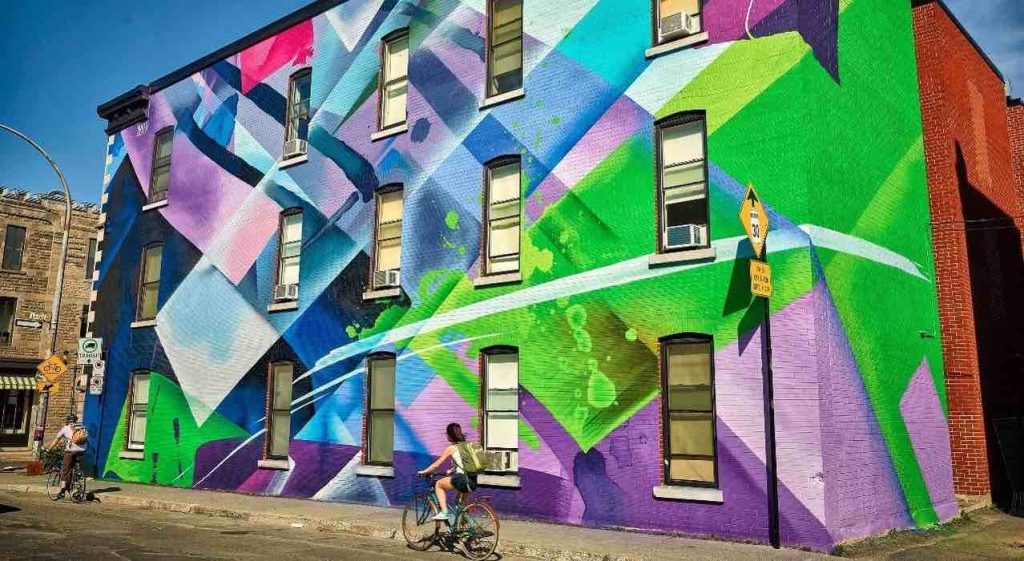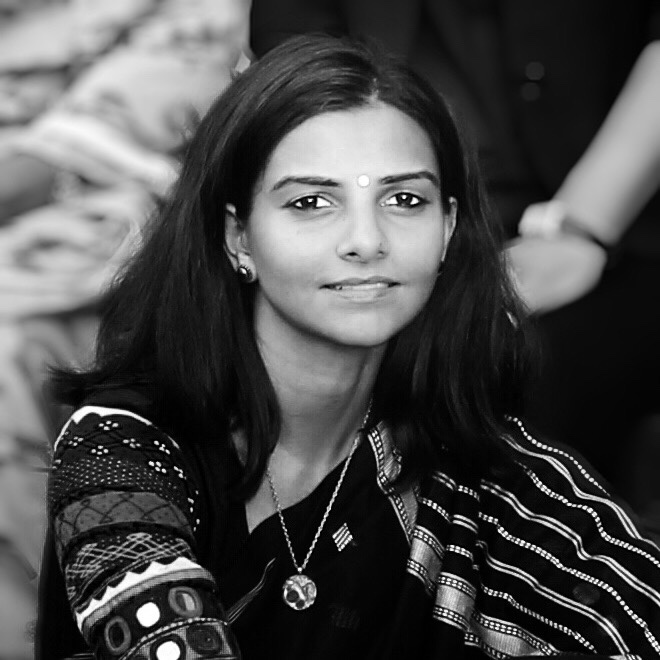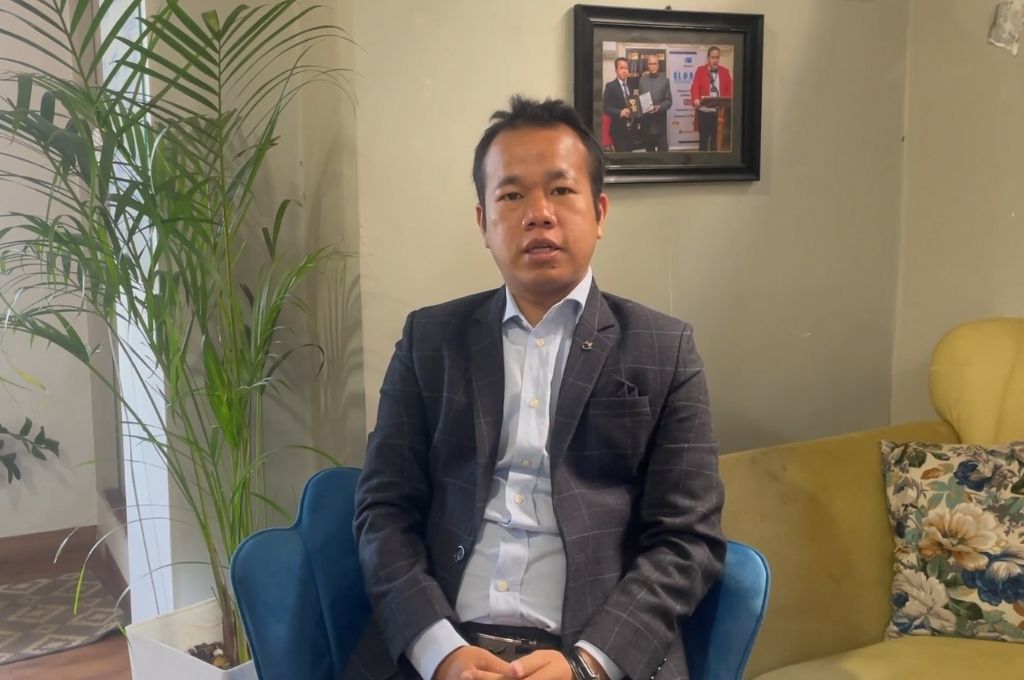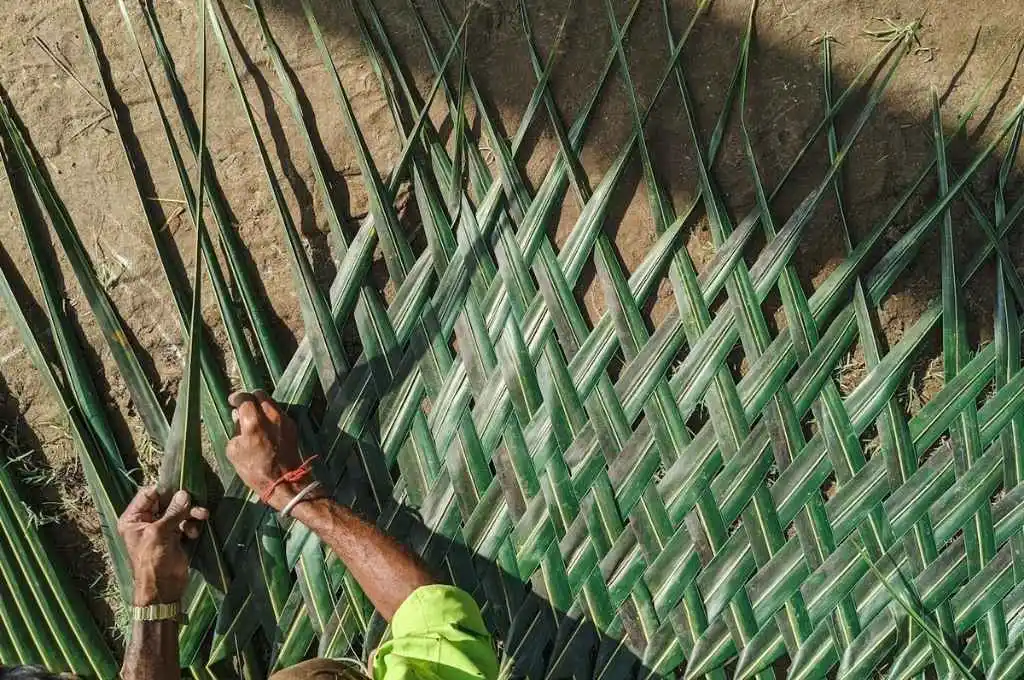Over the past two months of one of the world’s most stringent national lockdowns, civil society in India has quietly and steadfastly done what it does best. We have rallied, come together, and coordinated relief efforts across the length and breadth of the country. We have been right beside village-level institutions and communities, offering food and emergency supplies in the wait for government rations and schemes to reach the last mile. And once the lockdown ends, we will begin the much harder work of rehabilitation, reviving livelihoods, and rebooting local economies.
Never before has our raison d’etre been so evident, and our value so clear. And yet, ironically, we find ourselves in the peculiar position of battling for our own survival. The economic crisis emerging from this pandemic will be one among a series of blows our sector has already suffered. From cancelling nearly half of all FCRA licenses in 2016, to introducing onerous compliance rules that might annually jeopardise nonprofit licenses, multiple policy changes have straitjacketed the work of nonprofits in recent times.
Related article: The role of civil society in times of crisis
Recognising the need for our sector to regain its influence, many individuals and organisations have begun laying the groundwork to develop a common voice, so we can advocate for our needs. We have also woken up to the need to collaborate with both government and the market, for that is the only way to make a dent in some of the problems we aim to solve.
To have influence, we need to have a voice. To have our voice heard, we need to be taken seriously.
However, the willingness to collaborate in and of itself will not achieve much, until we reframe the power equation between samaaj, sarkaar, and bazaar (civil society, government, and the market). To have influence, we need to have a voice. To have our voice heard, we need to be taken seriously. And to be taken seriously, we need to shift the perception that people generally have about our sector’s role and value in society.
As we begin to recover and rebuild following the lockdown, we have a unique opportunity to rebrand ourselves. Telling a different story about the work we do, how we do it, and why it matters, must be a crucial part of any effort at strengthening our influence in society.
What is a brand?
Most people think of brands as logos and colour palettes, but a brand is more intangible than that. It broadly refers to the associations that come to mind when people think of it. In other words, it is how your stakeholders see you.
Behavioral science has long proven that it is human nature to draw connections between different things—it’s how we make sense of the world. For instance, when one thinks of the company Apple, the associations that come to mind might include clean design and expensive products. With Tesla, we might think, innovation. These assocations that we make get reinforced with every interaction we have with the company or the individual.
For example, when people think of Delhi, the descriptors that come to mind for some, might be open spaces, pollution, and the lack of safety for women. For others, great food and culture might be more representative. Usually, a brand will have a set of attributes that most people can agree upon.
Related article: Keeping people engaged in your cause
Because a brand is what we project about who we are and what we offer, it can be strategically created and reinforced over time, with consistent messaging and actions that align with our brand story. By doing this, we can exercise some control over how people view us, and can also change people’s perceptions. Bill Gates is a great example here. For a time, he was unpopular for Microsoft’s unfair business practices and for defying US antitrust laws. He has since successfully transformed his image with his work as a philanthropist. While Gates’ rebranding may have been intentional, there are times when it is not. For instance, the 2010 Andhra Pradesh Microfinance Ordinance—which severely limited MFI operations—in one fell swoop, decimated the reputation of the Indian microfinance industry. It was allegedly introduced to counter coercive practices against borrowers, but the root of it was more complicated. It took years for the industry to recover from that damage.
Jholawalas and bleeding hearts
In my experience, many people unfamiliar with the work of civil society exhibit some scepticism or distrust, when asked about it. The associations that middle-class India and the ‘one percent’ have with our sector typically include some combination of the following: Jholawalas. Bleeding hearts. ‘Do-gooders’. Crooks. Low-quality talent. Anti-development. Not as professional as the private sector.
In other words, we have a terrible brand.
Many people unfamiliar with the work of civil society exhibit some scepticism or distrust, when asked about it.
This is, in part, because we have never actively cultivated it. It is also because unlike many other industries—tech, banking, FMCG, and others, whose products and services we use daily—the social sector has little interface with the middle-class and the wealthy. Most often, it is only when people volunteer or support organisations that they begin to understand the systemic issues at play; and even then, their exposure can often be limited. Given that as human beings, we are wired to recall the negative far more acutely than the positive, a bad experience with a nonprofit or an unfavourable article in the media can easily deepen prevailing biases about the sector. This is especially damaging when there isn’t enough visible positive evidence to balance out the negative.
With the work our sector has been doing to support vulnerable communities as they weather this storm, we have a window of opportunity. It is time we had a say in the story that gets told about us.
How to think about it
We will need to ditch the complicated Theory of Change frameworks and lengthy acronyms we love, in favour of simple, succinct messaging. If there were 3-4 attributes we would want associated with the social sector, what would they be? The key is to distil these down to just a few adjectives; too many can create confusion and interfere with developing a crisp and memorable narrative.
Priyanka Chopra’s ‘launch’ in the United States is a great example of strategic exposure. Anjula Acharia-Bath, the angel investor behind Chopra’s rise in the US, “signed on Chopra in 2010 and worked to get her deals in every slice of entertainment in the Western world—starting with contracts to cut songs with leading American pop stars, a chance to perform at the National Football League (NFL), the pinnacle of American sport, to be the brand ambassador for Guess, the fashion brand for the all-American girl and, finally, the lead role on prime-time TV.”
If our aim is to build a new reputation to strengthen our influence in society, we need to target the general public as well as decision-makers.
Acharia-Bath had wanted to change how derogatively Indians were portrayed on American television, and Chopra was her means to tell a different story. Strategic partnerships with influential and established American brands upped her brand equity considerably. It is perhaps why she succeeded, when others before her—Frieda Pinto and Aishwarya Rai—had a harder time breaking into Hollywood.
If our aim is to build a new reputation to strengthen our influence in society, we need to target the general public as well as decision-makers across government and the private sector. Media is an obvious route to take, but there can be more targeted efforts as well.
Related article: How to use your brand to achieve your goals
Before social media, branding was about companies telling customers who they were. Today, with the possibility of instant and public feedback online, customers own brands just as much as companies do. Thus, what a brand signifies is not just what is seen and heard, but also, what is experienced by people.
However, people tend to hold on stubbornly to their biases. This is perhaps why, when there’s an incidence of white-collar crime or fraud, people view them as one-offs or a ‘failure of the system’. In contrast, many people view fraud in the nonprofit space as the norm, rather than the exception. Convincing people otherwise will require consistent messaging, from trusted sources, reinforced by the actions we take. And when there is a negative experience featured in the media, we, as a sector, need to go into crisis communication mode.
Let the experts handle it
While this effort must be led from within the social sector, it cannot exclude expertise from outside of it. What we need is an inter-disciplinary group of people, working in ‘mission mode’, to articulate and develop a strategy that tells a different, and better, story about the sector’s role in society. A great example of such a trans-sectoral partnership is the hit TV show Satyamev Jayate, which combined the expertise of civil society, with the reach of Star Network, and the celebrity status of Bollywood actor, Aamir Khan.
What we need is an inter-disciplinary group of people, working in ‘mission mode’, to tell a different, and better, story about the sector’s role in society.
Airing across 165 countries and in eight Indian languages, the not-for-profit show highlighted achievements of people working on issues ranging from child abuse to trafficking, honour killings, and caste.
While the show has its critics, it achieved what the social sector alone could never have: Awareness generation and successful storytelling about complex social problems, to a national and global audience.
An ask for donors
Rebranding our sector falls within the realm of strengthening civil society. While funding COVID-19 relief and recovery is the need of the hour, it is also where all the resources and attention—CSR, philanthropy, government, and individual giving—are focused. It might seem less morally defensible at this time to direct funds to a cause where the outcomes are unclear at best, but it is also the need of the hour.
We know that in the first few weeks since the lockdown was announced, nonprofits across 13 states and Union Territories provided meals to more people than their respective state governments did. This trend has likely continued for some time since; we have even seen NITI Aayog reach out to us for support. How is it that our sector is still facing a very real, existential threat?
Building a strong brand is a pathway to redefining the power dynamic between civil society, government, and the markets. To borrow a quote from Lord Varys in Game of Thrones, “Power is a curious thing…[it] resides where men believe it resides. It’s a trick. A shadow on the wall. And a very small man can cast a very large shadow.” Until we change the beliefs and ideas that people hold about our sector, not only will we cast small shadows, but our work will also always remain hidden in them.
Update: The image in this article was changed on May 26, 2020.
—
Know more
- Listen to the panel discussion that Smarinita Shetty of IDR hosted, on ‘Strengthening the influence of civil society’, at #charcha2020. Arun Maira, Vidya Shah, and Vijay Mahajan share their perspectives on the topic.
- Read this McKinsey article on ‘Rebuilding corporate reputations’. While it speaks to businesses, it offers food for thought to anyone seeking to reinvent their reputation.
Do more
- There is a collaborative effort under way to strengthen the influence of our sector with government, and business. If you would like to get involved, reach out to smarinita@idronline.org






